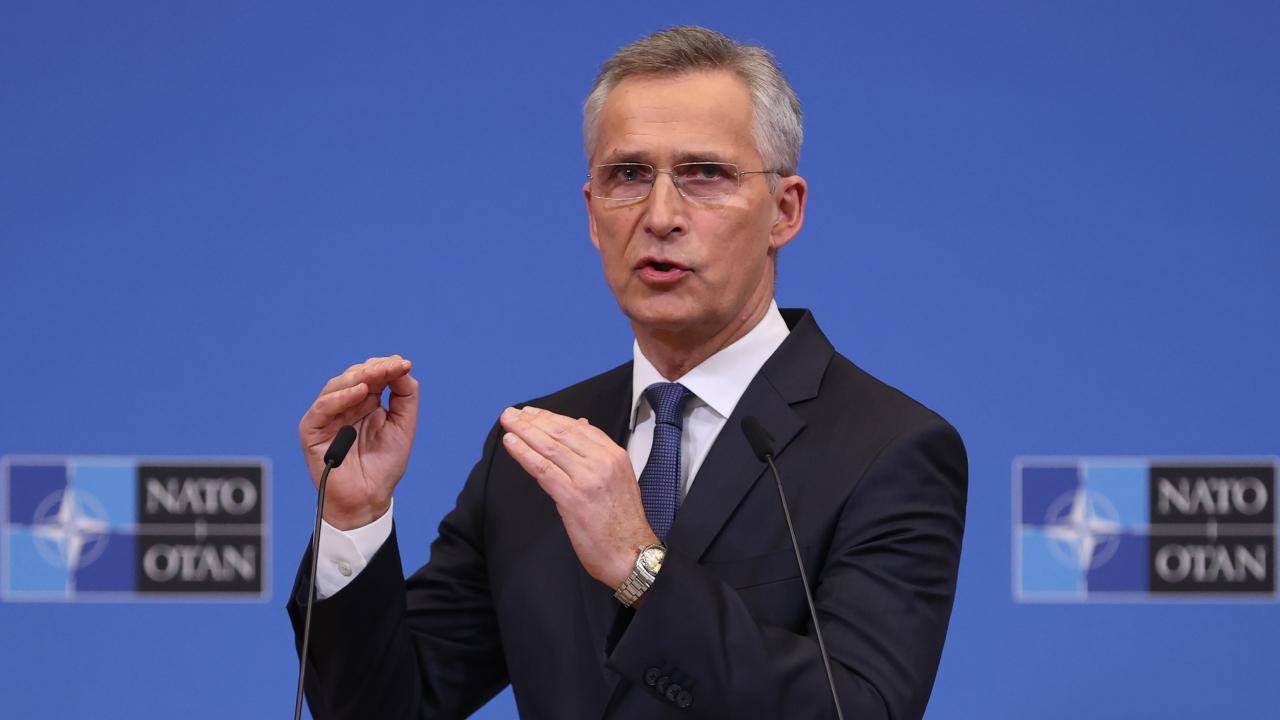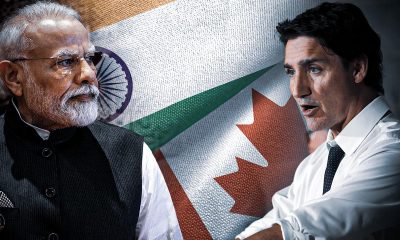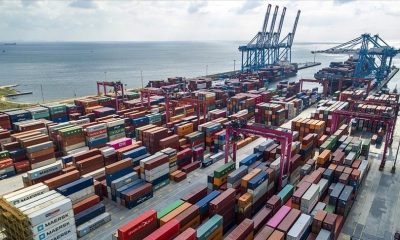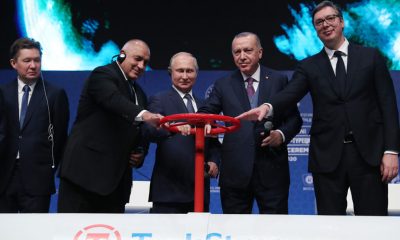NATO Secretary General Jens Stoltenberg will visit Canada and Canadian Arctic with an agenda for Ukraine, climate change, and Arctic defence. The tour is particularly noteworthy as it represents the first visit by a NATO secretary general to the Canadian Arctic since NATO was founded in 1949.
Canada, the second largest border state in the region after Russia, has long opposed NATO involvement in the Arctic, which included even vetoing a statement on the Alliance’s role in the Arctic during a major summit in 2009. There are various opinions on the reasons why. There are those who are concerned about militarizing the Arctic and provoking Russia, as well as those who do not want non-North Alliance members such as Italy and Spain to have a say in the Arctic. But Canada wants to preserve its essentially exclusive economic territory. Moreover, the sea ice has been melting in the Northwest passage through Canadian Arctic due to climate change, and it will potentially be fully open and navigable by 2040. This means changes in routes and marine traffic in international waters. There are those who do not want to share this advantage, as well as those who argue that this will create new security requirements and thus increase the need for the Alliance.
However, the US is trying to completely change Canada’s attitude by using the Ukrainian war and the existence of Russia and China as an excuse.
Andrea Charron, an expert on North American security at the University of Manitoba, spoke to Canadian press about Stoltenberg’s visit: “It’s more of a sign of continued solidarity between NATO’s members as opposed to an actual signal that they are opening the door to NATO exercises in the Canadian Arctic.”
For some, the visit represents an easing of past reluctance to work with NATO on the Arctic.
NATO seeks to improve its defence against China and Russia in North America and expand its position in the Arctic. Finland and Sweden’s integration into NATO is also important in the Arctic context.
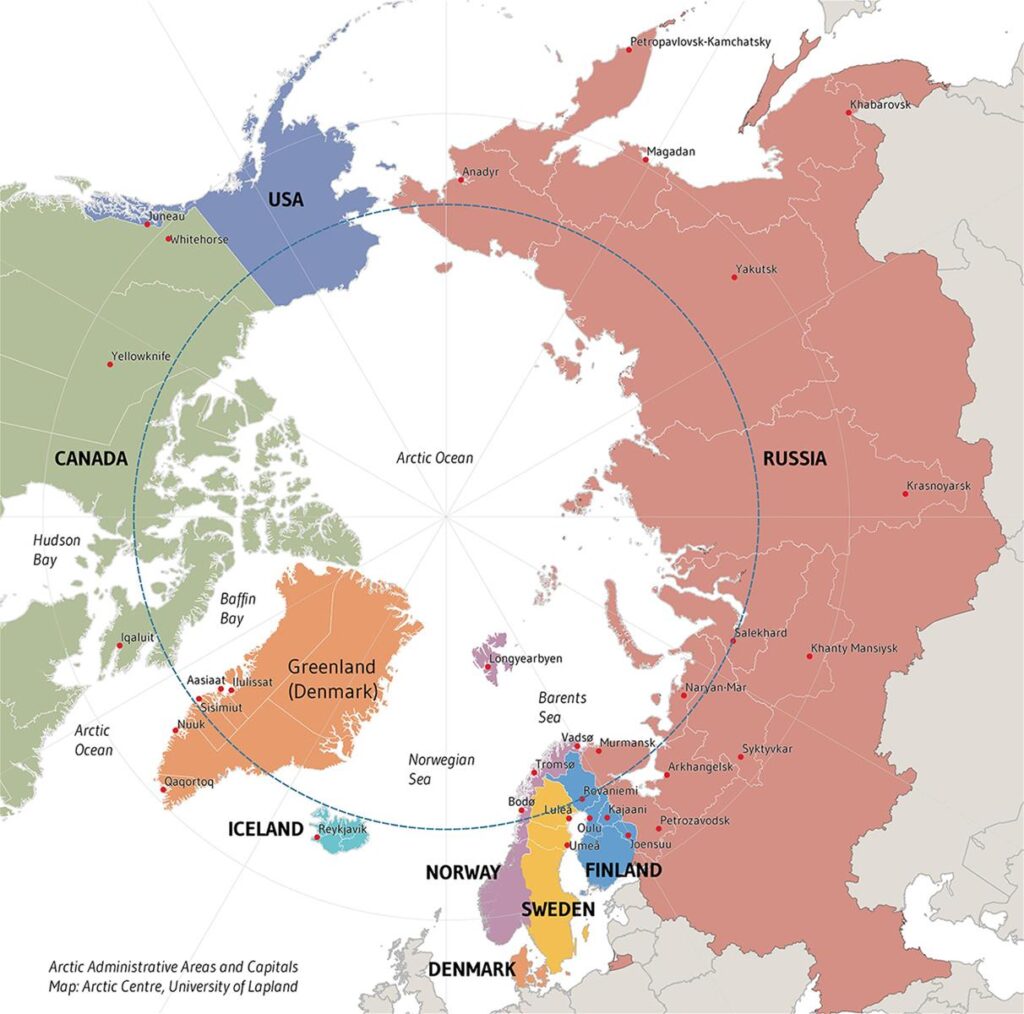
‘Russia and China Threats’
Just before his visit to Canada, the NATO Secretary General wrote an article underlining the Alliance’s Arctic defence policy.
Stoltenberg underlined the region’s strategic importance for Euro-Atlantic security and noted that the shortest path to North America for Russian missiles would be over the North Pole.
Stoltenberg stressed that the North Pole will be rapidly ice-free due to climate change, and this will unlock opportunities for shipping routes, natural resources, and economic development, also pointed out Russia and China for increasing the risk of tension.
Stoltenberg note that Russia has significantly increased its military activities in recent years and set up a new Arctic Command, describing Russia’s activities as a “strategic challenge” to the Alliance.
China has declared itself as a ‘near-Arctic state’ and “is expanding its reach by planning a “Polar Silk Road” linking Beijing to Europe via the Arctic, it is rapidly strengthening its navy, with plans to build the world’s biggest icebreaker vessel. China is also investing tens of billions of dollars in energy, infrastructure and research projects in the region” told the NATO Secretary General.
“Earlier this year, Beijing and Moscow pledged to intensify practical co-operation in the Arctic, as part of a deepening strategic partnership that challenges our values and interests,” Stoltenberg said, citing Beijing and Moscow’s collaboration.
‘Finland and Sweden’s membership is critical for the region’
Describing the Arctic as the “the gateway to the North Atlantic, hosting vital trade, transport and communication links between North America and Europe” Stoltenberg said: “Once Finland and Sweden join the Alliance, seven out of the eight Arctic states (Russia, the United States, Denmark, Canada, Norway, Sweden, Finland, Iceland) will be members of NATO. Finland and Sweden’s membership will significantly enhance our posture in the High North and our ability to reinforce our Baltic Allies.”
Arctic geopolitics appears to be at the heart of Sweden’s and Finland’s insistence on NATO membership.
Stoltenberg signs that NATO will secure and militarize the Arctic region, citing it as one of the key areas of competition with China and Russia. NATO, which declared China and Russia a threat at the ‘historic summit’ in Madrid, considers the cooperation of both countries a threat to their interests. In his article, Stoltenberg highlights Beijing-Moscow cooperation in the Arctic, presenting the Alliance to North America as a security need for the Arctic.
Time will tell whether Canada, which has so far opposed the Arctic becoming a NATO agenda, will resist this further after NATO Secretary General’s visit.
Geopolitics of the Arctic
Increasing interest in the Arctic basin stems from the potential for new hydrocarbon and mineral reserves, sea transport routes and fishing in the region soon as glaciers melt due to climate change.
The United States, which stands out with its 48 trillion cubic meters of natural gas and 90 billion barrels of oil reserves, also sees the region as geostrategic in terms of surrounding Russia. By contrast, a new maritime doctrine signed by Putin explicitly challenges Russia being surrounded through the Arctic Ocean. Pointing out that the Arctic waters are a concern of Russia’s national interests in the new doctrine, Putin emphasized that “We will ensure their [Arctic waters] protection firmly and by all means”. The northern route began to gain importance as part of Beijing’s “New Silk Road” project. Because the opening of the Arctic due to melting glaciers will dramatically shorten the distance between Asia and Europe and create new commercial opportunities for China.
With its location and energy resources, the Arctic region is likely to become more prominent as one of the new areas of competition between NATO and Russia-China forces.
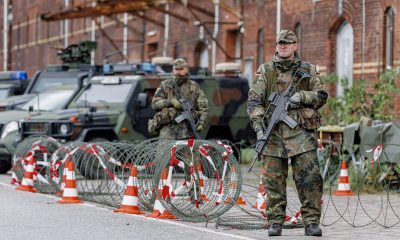
 EUROPE3 days ago
EUROPE3 days ago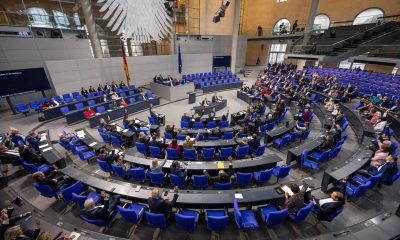
 EUROPE2 weeks ago
EUROPE2 weeks ago
 ASIA2 weeks ago
ASIA2 weeks ago
 AMERICA2 weeks ago
AMERICA2 weeks ago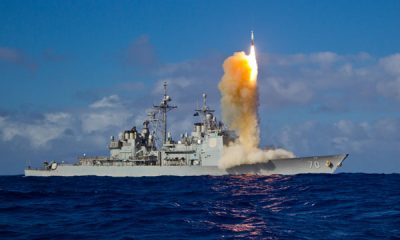
 ASIA2 weeks ago
ASIA2 weeks ago
 RUSSIA2 weeks ago
RUSSIA2 weeks ago
 ASIA2 weeks ago
ASIA2 weeks ago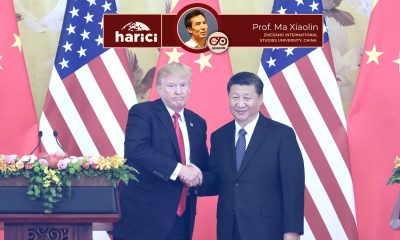
 OPINION2 weeks ago
OPINION2 weeks ago
